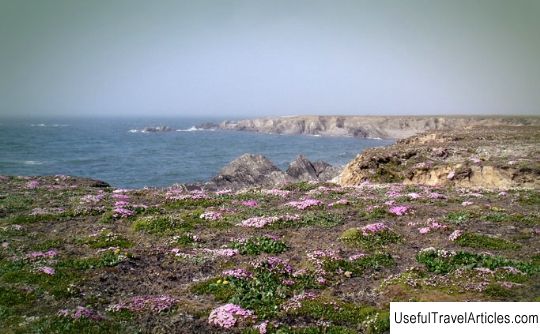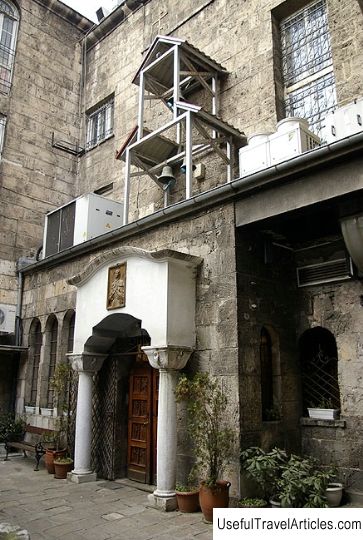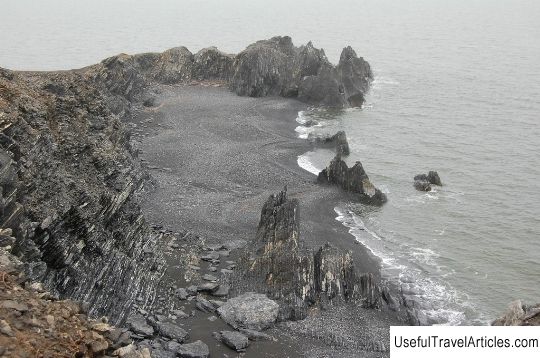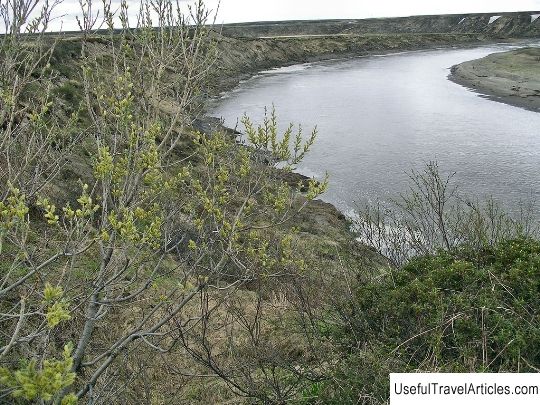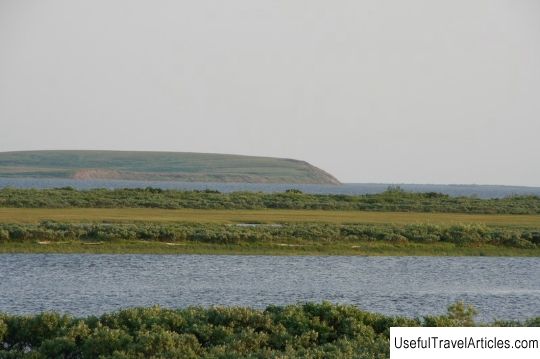Shoinsky nature reserve description and photos - Russia - North-West: Nenets Autonomous Okrug
Rating: 8,0/10 (600 votes) 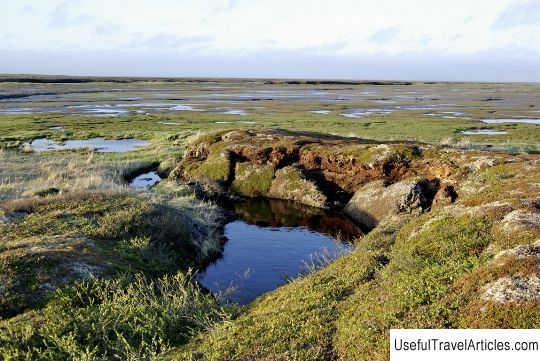
Shoinsky nature reserve description and photos - Russia - North-West: Nenets Autonomous Okrug. Detailed information about the attraction. Description, photos and a map showing the nearest significant objects. Photo and descriptionThe Shoinsky nature reserve was established on January 15, 1997 according to the resolution of the NAO Administration for the purpose of a detailed study and preservation of the existing natural complexes and the genetic fund of plants and animals in their natural form. It was also supposed to develop the necessary scientific foundations for the protection regime and the economical use of natural resources in the Nenets Autonomous Okrug. The reserve stretches on the western coast of the large Kanin peninsula. The vast territory of the reserve is a unique in nature water and wetlands of the coastal zone of the White Sea with floodplains and sea lades of the Torn, Mesna and Shoina rivers, which are of international importance in the protection and reproduction of waterfowl. The speed of the downstream of the rivers within the reserve is highly dependent on the ebb or flow of tidal events, which affect the long kilometers upstream. Almost all the available water bodies are somewhat brackish, which is caused by salinization of the marine type, only in the dune zones there are small freshwater lakes. The largest lakes of the Shoinsky reserve include: Kostino and Agafonovo, located in the northeastern part of the territory, as well as Lake Artilovo, located in the central part. Almost the entire territory of the plain is littoral, the lower parts of which are completely filled with water during high tides, while the marches are flooded only with those high tides that coincide with storms of the northwestern and western directions. In the area where these sites are located, coastal marches and meadows with unique vegetation stretch, which is a food base for huge flocks of herbivorous birds. The flora of the complex nature reserve contains a large number of species, especially rare in this area, which are included in the NAO Red Book. These representatives include: Scottish ligusticum, holosteal quinoa, crowded gill. In this area, species are also registered that are included in the Appendix of the Red Book of the NAO. These are the Norwegian primrose, tripartite holoskuchnik, green half-petals, common tripoleum, bright salicornia and some others. The largest number of the listed flora representatives are especially rare, but they are still preserved on the Kanin Peninsula, albeit in small quantities. In the spring season, when a massive migration of birds is characteristic, their number reaches its apogee. As you know, the colony of the rare barnacle goose is one of the largest in the world. It was formed in the second half of the 1980s and continues to grow actively and tirelessly to this day, which gives a chance to study this species not only for Russian, but also for foreign ornithologists for 25 years. In the tundra part, namely on the marches, there are nests of the black goose, bean goose, white-fronted goose, as well as numerous species of duck, which include long-tailed ducks, pintail, long-nosed merganser, red-throated and black-throated loons. If we take into account the family of waders, then one of their representatives can be noted the round-nosed phalarope, white-tailed sandpiper, oystercatcher, fifi, turnin, snipe and turukhtan. In the area of the sea area near the estuaries, there are long flocks of sea fowl, gogol, scoopers, and also singa. Large concentrations of the so-called whooper swan have been identified in this area, and the presence of its fellow mute swan has been observed and recorded. Approximately ten species of birds that are common in the Shoinsky nature reserve are under vigilant protection, according to the 2006 resolution of the Administration of the Nenets Autonomous Okrug, and are also included in the Red Book of the NAO. The lists of the International Red Book include: gray goose, white-fronted goose, golden eagle, steppe harrier and eagle species - peregrine falcon, gyrfalcon and white-tailed. The territory of the reserve belongs to the unique wetlands, within which marching coastal ecosystems are widespread, belonging to the European type with the rarest plant species and concentrations of waterfowl.       We also recommend reading Immanuel Kant Museum description and photos - Russia - Baltic States: Kaliningrad Topic: Shoinsky nature reserve description and photos - Russia - North-West: Nenets Autonomous Okrug. |
